Sleep apnea could be diagnosed while you're awake, new research finds — here's what that means
EEG signals might offer more accessible sleep apnea diagnosis
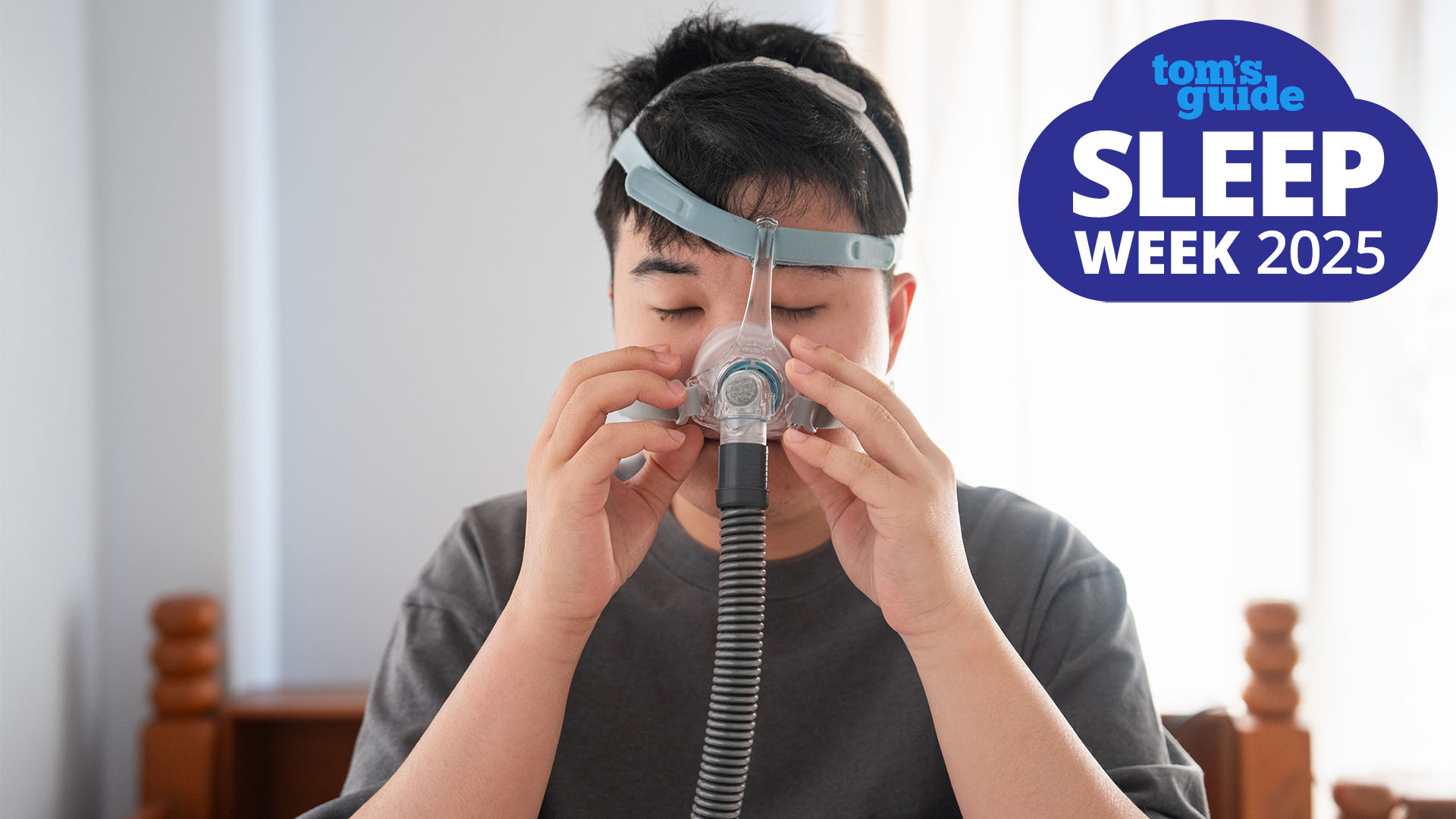
Research has provided key insight into sleep apnea and its connection to the brain, as well as uncovering a potential new diagnostic tool for obstructive sleep apnea — one that could be used while the patient is awake.
Current obstructive sleep apnea (OSA) diagnosis methods, although often effective, all require the patient to be asleep during testing. The ability to identify sleep apnea while awake could expand the ease and convenience of diagnosis, allowing more people to receive treatment for sleep apnea.
Roughly 80% of sleep apnea cases go undiagnosed in the US, highlighting the need for better, more accessible testing. For more information on sleep and wellbeing, head to our Sleep Awareness Week 2025 hub.
Helix Sleep: Save 27% sitewide
Helix is one of our top-rated sleep brands and we’ve paired up with them to bring you an exclusive deal. For Sleep Week you can save 27% on everything at Helix with code TOMS27. All mattresses come with a limited lifetime warranty and 100-night trial. Preferred partner (what does this mean?)
Key takeaways
- Research explores the EEG signals of pediatric patients
- Signs of sleep apnea could be seen even with the patient awake
- Represents a new method for detecting sleep apnea
Researchers at Northeastern University studied 3,673 pediatric patients, using EEG signals (electroencephalogram) to divide the participants into an OSA group and a control group.
The results, published at Wiley Online Library, identified key differences in EEG signals during sleep apnea events, post-sleep apnea events, and even in the awake before sleep portion of the testing.
Obstructive sleep apnea (OSA) is characterized by intermittent breathing during sleep. This occurs when the airway becomes blocked or partially blocked as you sleep.
Aarti Sathyanarayana, an assistant professor at Northeastern University, headed the research team and is hopeful the results will open new doors not only in diagnosing sleep apnea, but also in monitoring the condition and understanding the connection between the brain and sleep apnea.
Speaking to Northeastern University, Sathyanarayana described the goal of the technology as to "track how [sleep apnea] improves over time once people are receiving treatment and make it not just ‘sleep apnea or no sleep apnea’ but how severe is your sleep apnea?"
Sign up to get the BEST of Tom's Guide direct to your inbox.
Get instant access to breaking news, the hottest reviews, great deals and helpful tips.
How is sleep apnea currently diagnosed?
The traditional method for diagnosing sleep apnea involves an overnight sleep study. This can be conducted at home, but will often take place in a sleep clinic or hospital.
Using nocturnal polysomnography, these sleep studies measure how many times breathing is interrupted during sleep. The results are then analyzed against the apnea-hypopnea index, to determine a potential diagnosis.
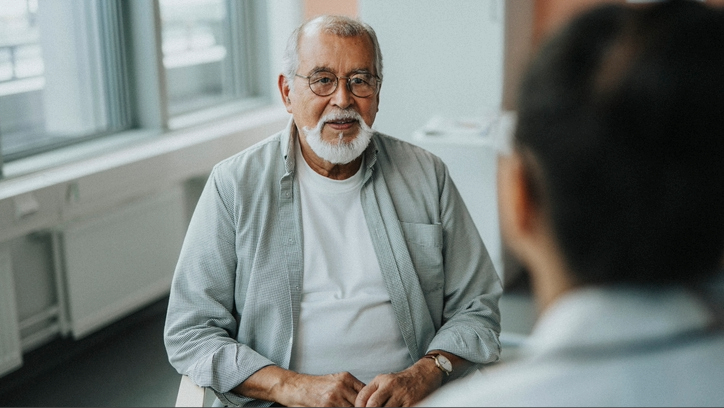
Sleep studies are accurate, but often disruptive and sometimes hard to access. For this reason, researchers are seeking new methods for diagnosing sleep apnea, including respiratory tracking sleep patches and even sleep apnea detecting pajamas.
However, while these techniques are more convenient than traditional diagnostic methods, they're not currently readily available. And although tools such as sleep tracking wearables can act as a first step in diagnosing sleep apnea, you will often require a formal diagnosis before treatment can start.
Common symptoms of sleep apnea
Getting a diagnosis can be a complex process, but it's an essential step in receiving effective sleep apnea treatment. Undiagnosed sleep apnea can lead to long-term sleep deprivation, high blood pressure and an increased risk of stroke and heart attack.
If you suspect you are experiencing sleep apnea, we recommend speaking to a health care professional. Here are the key symptoms of sleep apnea to look out for:
1. Frequent night time awakenings
Sleep apnea causes your breathing to briefly pause and as a result, your brain will regularly prompt you to wake up. Occasional nighttime awakenings are normal, but for those with sleep apnea, these wake ups can be frequent and disruptive.
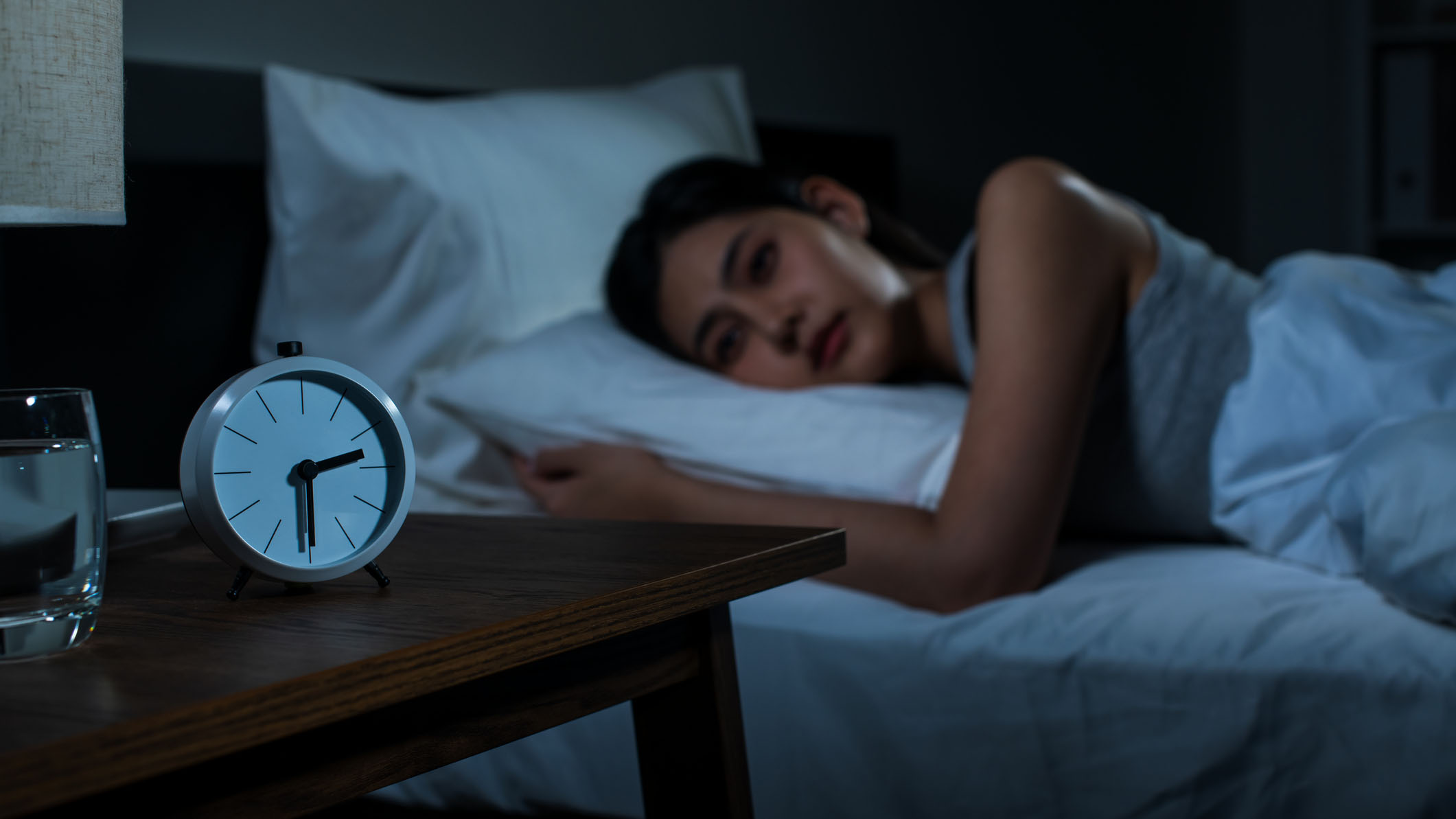
2. Loud snoring
Snoring doesn't necessarily indicate sleep apnea, but loud, disruptive snoring is one of the most common symptoms. During an obstructive sleep apnea episode the muscles in throat collapse to block the airways. This disrupts breathing and causes snoring.
3. Dry mouth / throat
Sleep apnea is often first identified by a partner, but if you sleep alone (or your partner is a particularly heavy sleeper), there are signs your rest is being disrupted. A dry mouth and throat in the morning can indicate that you've been snoring throughout the night.
4. Waking up with a headache
The gaps in breathing caused by sleep apnea often result in a low oxygen level. A headache in the morning is one of the first signs of this and can be exacerbated by fatigue resulting from sleep apnea. While waking up with a headache isn't always a sign of sleep apnea (stress, alcohol or caffeine, and even the wrong mattress can all result in morning headaches), it is a symptom to pay attention to — particularly if it's a regular occurrence.
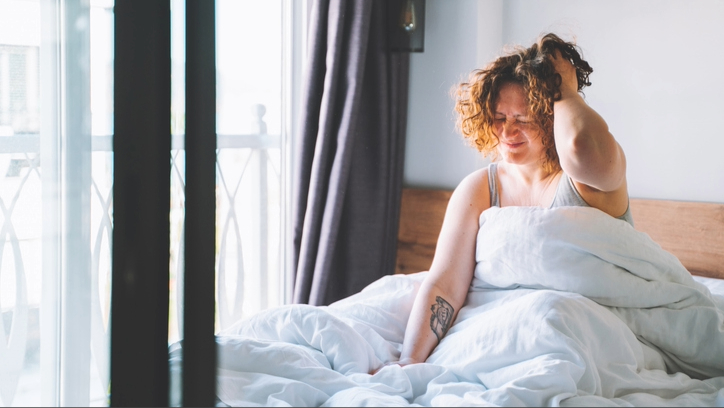
5. Drowsiness and fatigue during the day
Obstructive sleep apnea prevents you from getting a good night's sleep, as your rest is consistently disrupted by your intermittent breathing. So even though you think you've been snoozing for a good eight hours, you're actually lacking high quality rest.
The resulting sleep deprivation can leave you feeling tired during the day. You might experience trouble concentrating, a low mood and even a weakened immune system from lack of sleep.
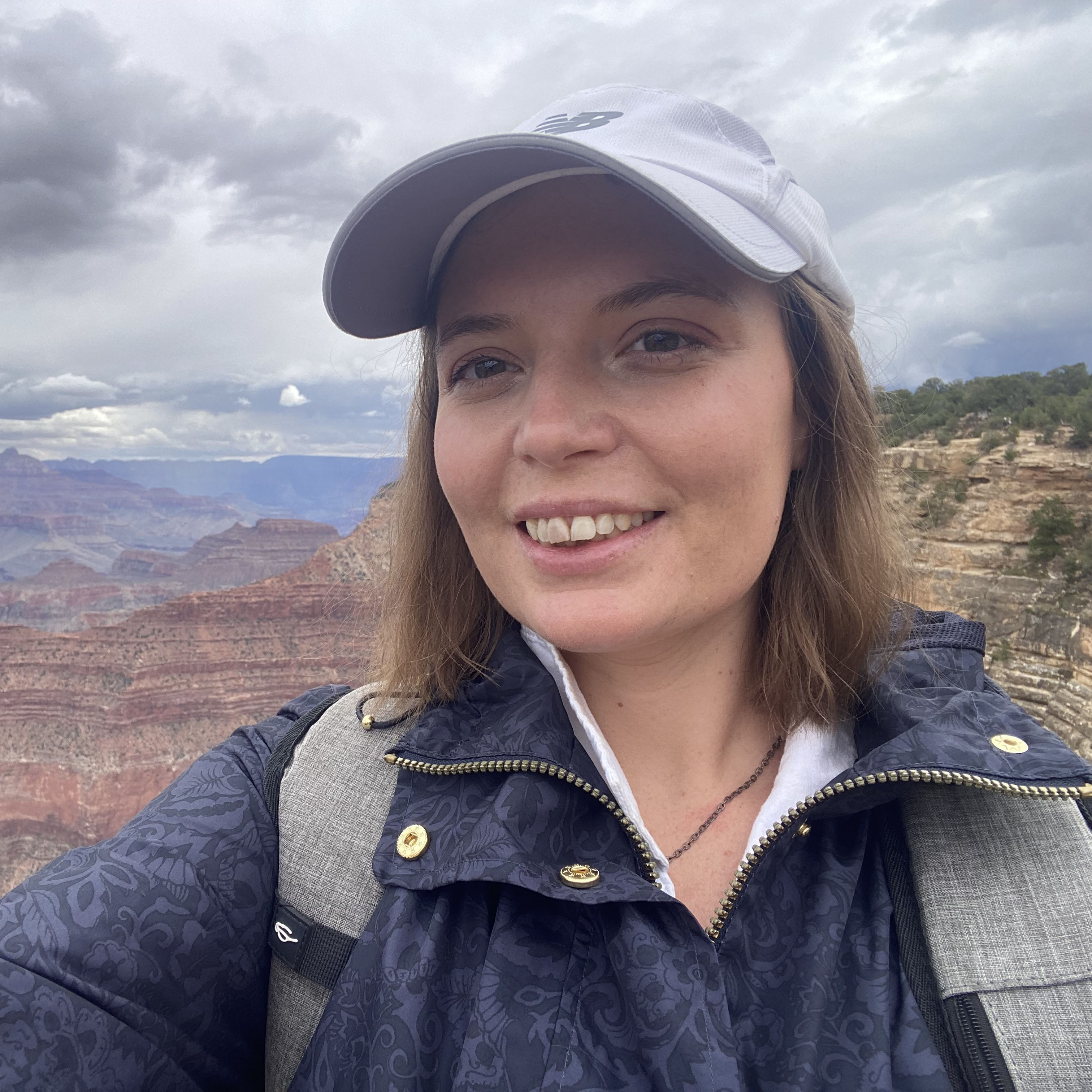
Ruth is a staff writer at Tom’s Guide, covering all things mattress and sleep. She has a deep interest in the link between sleep and health, and has tried enough mattresses to know the right bed really can make a difference to your wellbeing. At Tom’s Guide she writes to help people sleep better, from how-tos to the latest deals to mattress reviews, and has interviewed an array of specialists who share her passion. Before joining the team at Tom’s Guide, Ruth worked as a sleep and mattress writer for our sister website, TechRadar.


